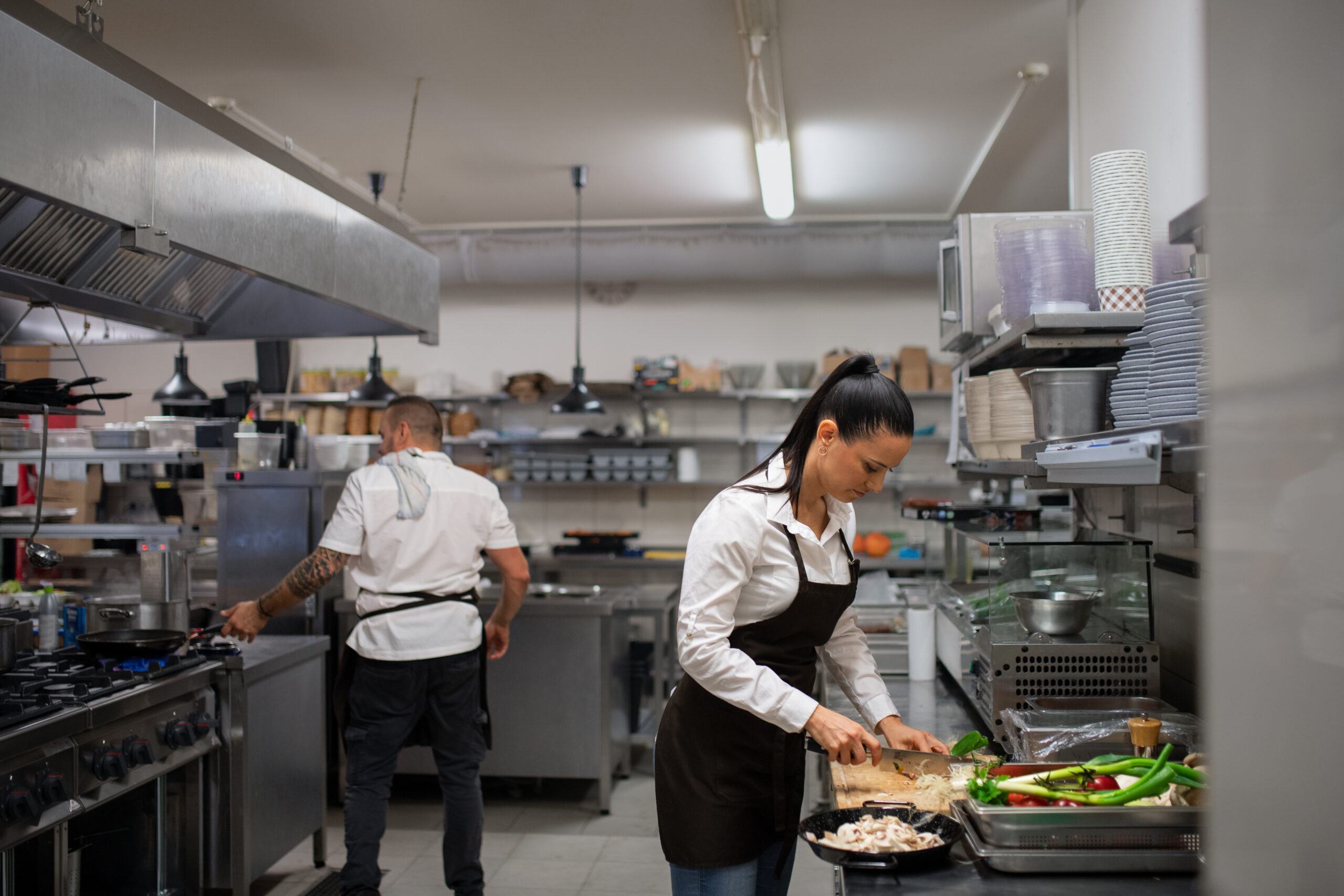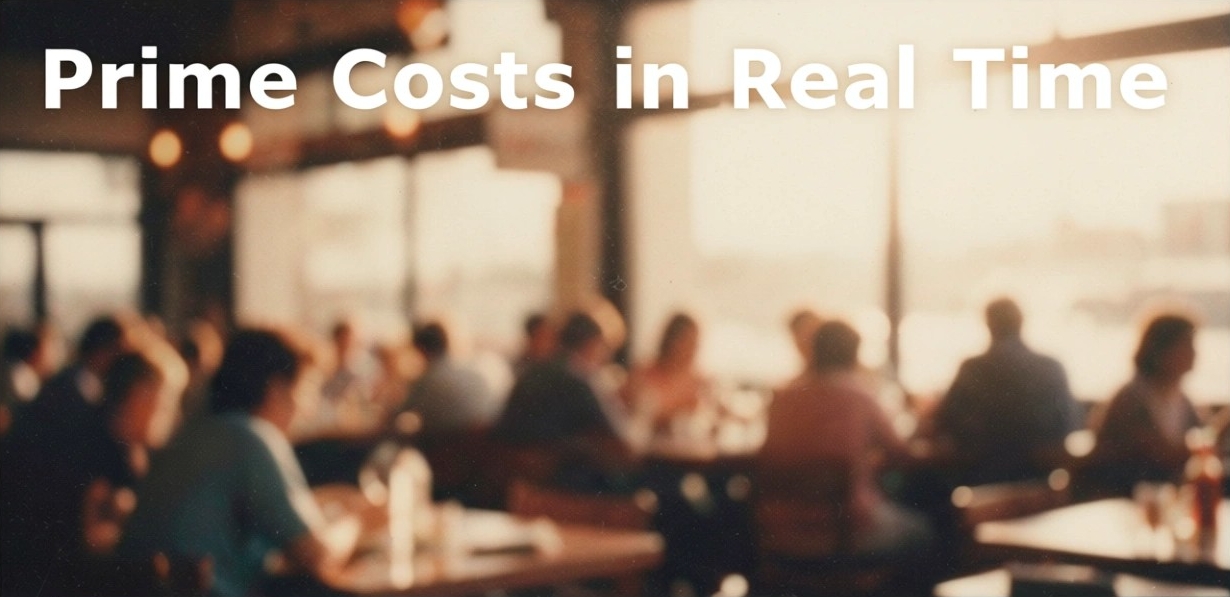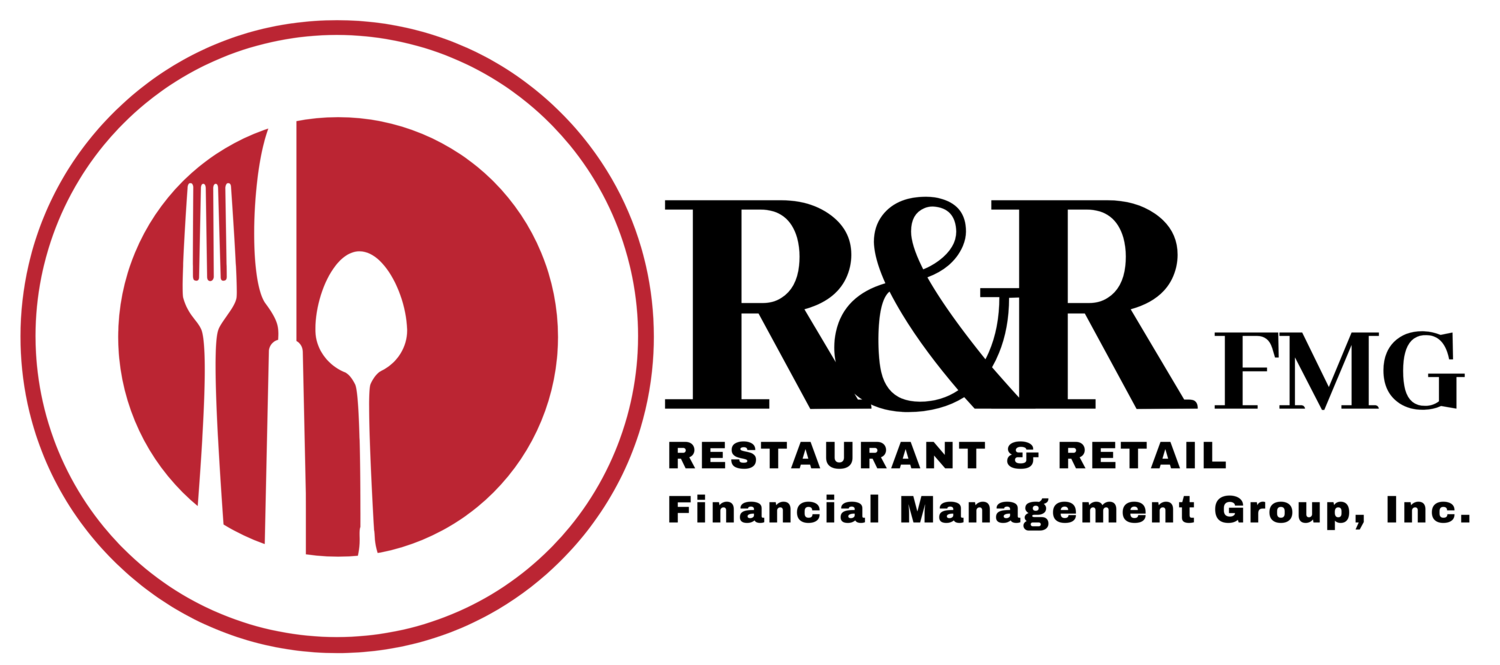
Selecting a Back Office Solution: A Restaurant Owner’s Perspective
by John Laporte, President, RRFMG Technology Services
(From time-to-time, clients share with me some interesting background about why they deployed Restaurant365. One client agreed to let me capture their thoughts and turn it into a blog post, so long as they remained anonymous. You’ll find their edited first-person narration below.)
I’ve been in the restaurant business for about ten years now, and if there’s one thing I’ve learned, it’s that this industry is a grind. The hours are long, the margins are thin, and every day is a juggling act between food quality, service, staffing, and profitability.
For most of my career, I ran things the old-fashioned way — invoices in file folders, handwritten prep lists, Excel sheets for inventory, and a whole lot of gut instinct. It worked fine when we had one or two stores. But once we grew to a few locations, it started falling apart. I was spending more time chasing numbers than running the business.
That’s when it hit me: the systems that got us here won’t get us there.
If I wanted to grow this company into something sustainable — something that didn’t rely on me micromanaging every little thing — I needed better systems. I already had a solid POS (we use Toast), but my back office was a mess of disconnected tools. It was time to find a true back office platform that could bring everything — accounting, inventory, labor, and reporting — under one roof.
Restaurants Are Basically Manufacturing Businesses

It took me a while to realize this, but restaurants are basically mini manufacturing operations. We take raw materials, transform them through a process, and deliver the finished product fast and consistently. The only difference is that instead of one big factory, we’ve got a bunch of little ones — each restaurant is its own production center.
That means we need visibility across all locations — what’s being bought, what’s being sold, and where money’s leaking. Manufacturers figured this out years ago with ERP systems that tie inventory, production, and accounting together. In restaurants, we’ve been late to that party.
Most of us have a POS for sales, QuickBooks for accounting, spreadsheets for food cost, and a mix of texts and emails for communication. It’s chaos — and it leads to duplicate data, delays, and errors that slowly eat away at profits.
So, I started thinking: what if we could run our restaurants the way manufacturers run their factories — with everything connected and visible in one place? That became the goal..
Why Regular Accounting Software Doesn’t Cut It
When I first started looking for solutions, I naturally checked out the usual suspects — QuickBooks, Xero, Sage, NetSuite. They’re great systems…for almost every industry except restaurants.
These platforms just don’t “get” restaurants.
They weren’t built for multi-unit operations, daily sales summaries, recipe costing, or tracking food and labor as percentages of sales. Everything has to be customized.
You end up needing custom reports for prime cost, custom GL accounts for food and beverage, custom integrations for your POS — everything’s custom. By the time you make it all work, you’ve spent more than you would on a system actually designed for restaurants.
That’s when I realized I needed software built with restaurant DNA — not just accounting software trying to act like it understands my world.

Why Restaurant DNA Matters

Restaurants move fast. Our ingredients spoil, prices change weekly, labor schedules shift, and margins are razor thin. A restaurant back office platform needs to handle:
-
-
- Recipe and menu costing
- Vendor price fluctuations
- Daily sales and deposit reconciliation
- Labor scheduling and forecasting
- Prime cost and variance tracking
- Multi-location reporting
-
Generic accounting tools don’t do this. Restaurant-focused platforms, on the other hand, are built around these realities. They don’t just crunch numbers — they actually understand why those numbers matter.
After months of research, Restaurant365 (R365) clearly stood out. It wasn’t just a software tool — it was an all-in-one back office ecosystem made for operators like us.
What grabbed me first was how much is already baked in. Accounting, inventory, operations, payroll — all built specifically for restaurants. I didn’t need to reinvent the wheel. I just uploaded my data — vendors, chart of accounts, menu items — and got moving.
The integrations sealed the deal. R365 connects automatically to Toast, payroll systems, vendors, and even banks. That means:
-
-
- My daily sales flow straight from Toast into the general ledger.
- Vendor invoices upload automatically through AP automation.
- Bank deposits reconcile themselves.
-
No more manual uploads, no more chasing spreadsheets. For the first time, everything — from the kitchen to accounting — was in sync.
Seeing Prime Costs in Real Time
If there’s one feature that truly changed my business, it’s real-time prime cost tracking.
In restaurants, food, beverage, and labor are everything. They make or break profitability.
R365 lets me see those numbers every single day.
When vendor prices change, I see the impact immediately. If one store’s waste is higher than usual, I know before the week’s over. Managers can make adjustments on the fly, and finance can trust the data because it’s all coming from integrated sources.

It’s created accountability across the board — no more guessing, no more arguing about whose spreadsheet is right. Everyone’s looking at the same truth.
Built by Restaurant People

Another reason R365 works so well is because it was built by people who’ve actually lived this life.
The founders and developers came out of the restaurant world, so they understand the late-night counts, payroll crunches, and inventory headaches that come with the territory.
Over time, they’ve refined the system using feedback from thousands of operators. It’s basically built on best practices that have already been tested in real restaurants. You’re not just buying software — you’re buying the playbook of how successful restaurants run their back office.
Scalability That Actually Works
I was also thinking long-term. I didn’t want a system that’d crumble once we got to 20 or 50 stores. R365 made that worry disappear.
It’s 100% cloud-based, so adding a new location is as easy as clicking a button. No extra servers, no messy installations. Everything’s centralized.
The documentation and training materials are top-notch, too. My managers can learn new features without waiting on me, and because it’s cloud-based, I can log in from anywhere — whether I’m in the office or on the road.
It also opened the door to something I didn’t expect — remote support. I’ve got a trusted team overseas that can jump in to help with accounting and reporting when things get busy. That kind of flexibility has been huge for us.

Favorite Features

Some of my favorite tools inside R365 include:
- AP Automation: Vendor invoices get scanned, coded, and matched automatically. No paper, no double entry.
- Deposit Reconciliation: Bank deposits match up automatically with POS sales, so closing books is way faster.
- Labor Forecasting: Integrates with payroll and POS data to manage overtime before it happens.
- Recipe Costing: Updates automatically as vendor prices change — no more guessing margins.
- Dashboards: Simple, visual reports that give me a snapshot of how we’re performing across all locations.
These features have allowed us to stay lean. I don’t need a big accounting team anymore because so much of the grunt work is automated.
How to Start Your Own Search
If you’re starting your hunt for a back office solution, here’s what I’d suggest:
- Find a platform that unifies everything — accounting, inventory, labor, reporting.
- Make sure it gives you real-time visibility into food and labor costs.
- Choose something that standardizes operations across locations.
- Prioritize automation — it saves you time and reduces mistakes.
- Ensure it scales easily without hiring a ton of back office staff.
- Demand tight integrations with your POS and vendor systems.
For me, R365 hit all of these marks perfectly.

Final Thoughts
The restaurant world has changed. Running your business on spreadsheets and instinct might have worked ten years ago, but not anymore. Margins are tighter, labor’s harder to manage, and owners need data to make fast, smart decisions.
Choosing the right back office system is one of the most important business decisions you’ll make. It determines how efficiently you can grow and how much control you have over your numbers.
For me, Restaurant365 became that foundation. It’s restaurant-specific, deeply integrated, scalable, and built for the pace we work at.
If you’re tired of chaos and ready to run your business like a real enterprise, take a serious look at R365. It’s not just software — it’s how modern restaurant companies stay profitable and grow.
For more information, please fill out the form below. We’ll circle back with you shortly to discuss your requirements in further detail.

We’d love to Meet You In Person Or Via The Web!
If you have any questions, or just want to learn more about how our services can contribute to your operation’s success, please fill out the form and we’ll respond as soon as we can. Alternatively, call us directly at (818) 888-9579.
